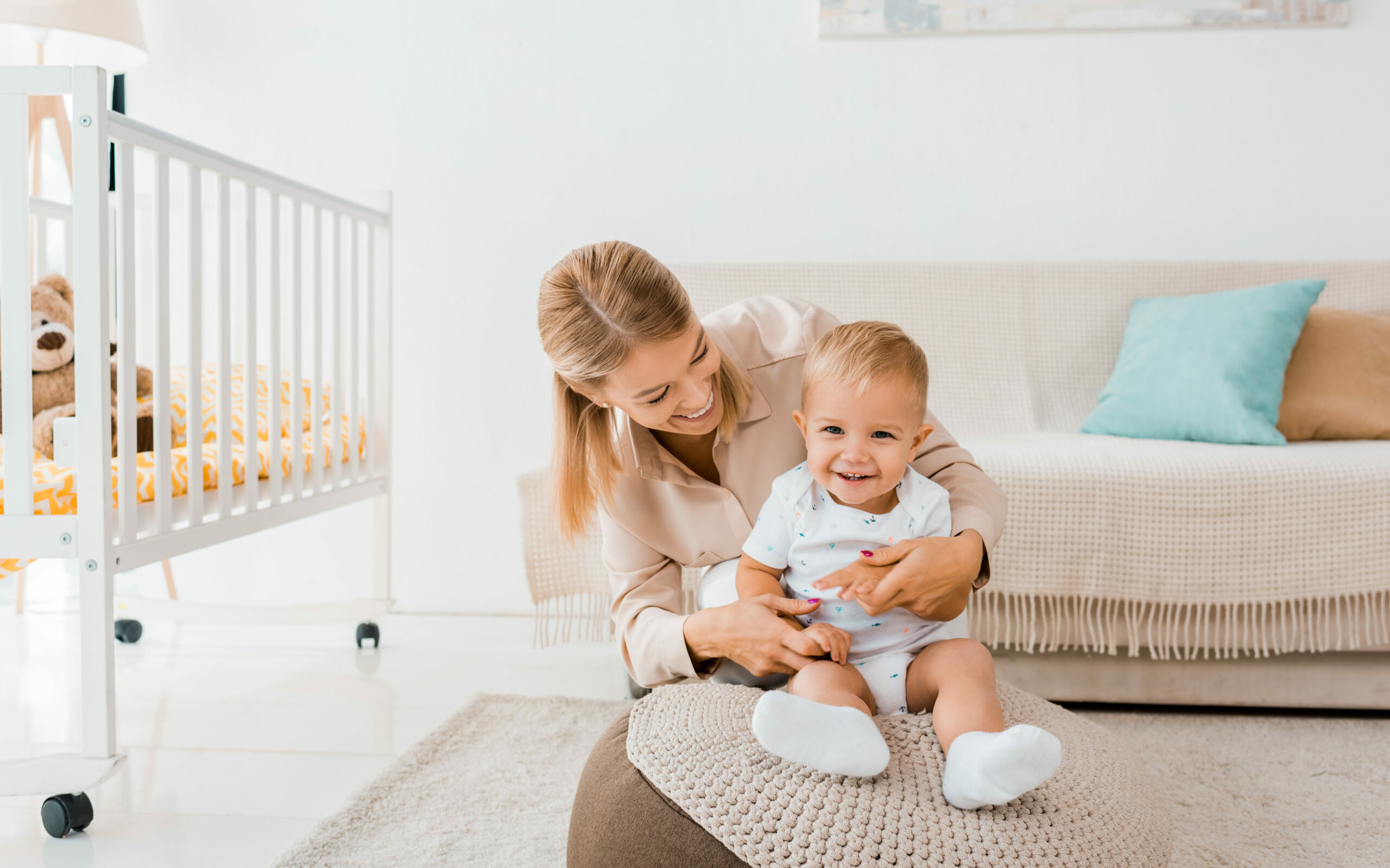
We’re all aware of the importance of a healthy diet and eating healthy foods, but equally important is reducing our exposure to the environmental toxins which are having a detrimental effect on our health. While our bodies are able to detox from a low level exposure to chemicals, we are only capable of eliminating a certain amount of these toxins – there’s a threshold, and when our toxic load is maxed out our bodies cannot eliminate them any longer and they start to cause dysfunctions and disease. It’s now estimated that environmental exposures are responsible for around 70% of chronic diseases.* In addition, many studies have now been done which show that exposure to environmental toxins can also harm the immune systems of our offspring and that this is passed along to subsequent generations, as far as great-grandchildren. This multigenerational weakening of the immune system can be explained by epigenetics: when lifestyle changes to our genes are passed on to our unborn children. So what we do today really matters for the health of the next generations.
In this article, we’re going to focus on how exposure to certain toxins can harm our health, and some simple lifestyle changes we can make to reduce our family’s toxic load. Mounting studies have been done on the chemicals in our everyday lives and what they are doing to our bodies. Worryingly, it’s now known that the huge chemical load we are exposed to on a daily basis is putting our immune systems out of balance, disrupting our hormonal balance, causing allergies, skin and lung irritations as well as strong links to cancer, autoimmune diseases, obesity and neurological issues such as ADHD and autism.
What’s the best place to start when trying to reduce our exposure to these everyday chemicals? Luckily, there is a lot we can do. The average person spends over 90% of their time inside, meaning that the environment in our homes, schools and workplaces is the first place to look when hoping to make a change. Babies and children are especially susceptible to environmental pollution and toxins. They breathe in more air per second relative to their body weight, put more in their mouths, have thinner, more absorbent skin and are at crucial stages of development and growth. So cleaning up our household environment can have a hugely positive impact on our little ones’ health.
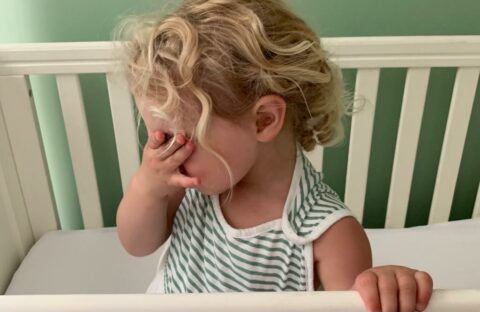
Which household chemicals are harming our health?
Chemicals which are known as endocrine disruptors also impact our immune systems and therefore our overall health. Endocrine disruptors mimic our hormones and throw our delicate hormonal balance out of sync. Babies and young children are at greater risk from these chemicals, with exposure during pregnancy and early childhood a huge and growing health concern.
BPA, phthalates (and other plasticisers), flame retardant chemicals and formaldehyde are some of the main culprits to look out for and have all been associated with suppressed immune systems. Studies have found that immune systems are highly sensitive to BPA exposure, particularly in the immature immune systems of small children. There is also increasing amounts of science which show that children with high levels of phthalates in their bodies tend to have lower IQ scores and a higher risk of asthma and allergy***. This is because phthalates are a known endocrine disruptor and they have been shown to disrupt healthy brain development in foetuses and small children. Chemical flame retardants are another group of chemicals which are known to disrupt hormones and should be avoided wherever possible. Formaldehyde is also strongly linked to immune system in-balance and reproductive issues.
These environmental toxins also alter our genes, and, as explained above, these alterations are passed on to our offspring. Michelle and Victor Henning draw comparisons from the past “if you had walked into a random kindergarten or classroom anywhere in the world just forty years ago, you would be hard-pressed to find a single child with any of these health issues. Walk into that same kindergarten or classroom today, and up to half of the children in it will be affected by some form of atopic disease or allergy.” This point is echoed by Rebecca Fett in her book Brain Health From Birth “In our grandparents’ generation, baby care looked very different. Cloth diapers, breastfeeding, and glass baby bottles were the norm, and there was little to no plastic involved. In that time, the modern plagues of autism, ADHD, asthma, and allergies were also extremely rare.”
Let’s take a closer look at some of these chemicals and explore some simple ways to clear up our homes:
Toxic chemicals released from common household items
1. Formaldehyde in fabrics, curtains, carpets and upholstery
Formaldehyde is a colourless, strong-smelling poisonous gas. It’s a known carcinogen which has been found in the fabrics of mainstream baby clothing brands in concentrations of up to 18,000 ppm (parts per million). That’s 900 times over what is considered ‘safe’ for baby clothing (which is 20 ppm).
Formaldehyde is often added to fabrics to reduce wrinkles and mildew, promote stain resistance and help colours last longer. It’s regularly added at the end of the manufacturing process to make sure fabrics look fresh and new when they arrive with the consumers.
Formaldehyde is dangerous for everyone, particularly babies and kids and is linked to cancer, reproductive issues and other health complications. It’s harmful when in contact with the skin and it also releases easily into the air, adding to indoor air pollution in homes. Any exposure to the substance, no matter how small, can cause health complications. We would always advise avoiding it altogether. Some people are very sensitive to formaldehyde and experience adverse reactions even at low levels.
How to minimise your family’s exposure to formaldehyde
Thankfully, there are some quick wins when it comes to reducing formaldehyde in our houses. For starters, always wash clothes and soft toys before using them. Washing can remove up to 60% of the substance. It’s also great to head down to your local FARA Kids store or charity shop as second-hand clothing is actually a great option because a lot of the chemicals would have been washed away already. Or ask friends or relatives for their old hand-me-downs. When buying new, avoid fast fashion and opt for more sustainable, natural and organic fabrics where possible as these are less likely to contain formaldehyde.
As well as in fabrics, formaldehyde is often found in cosmetics, MDF and plywood (or any wood which isn’t solid), glues (including bed, sofa and other furniture glue), perfumes and room sprays. Try to make as many swaps as you can to natural, chemical-free products, especially for personal care products and around your home. Do your research and make sure you trust the brands you buy from.
2. Flame retardant chemicals
Sadly, due to outdated regulations, these are in most items of household furniture as well as almost all buggies and car seats. One of the biggest worries about these chemicals is that they are known to bioaccumulate in humans, causing long-term health issues including neurological damage, hormone disruption and cancer. Flame retardant chemicals are a key contributor to indoor air pollution and usually include PFAS chemicals, nicknamed ‘forever chemicals’ because once they enter our bodies or the environment they can never be removed.
Luckily, there are a few buggies and car seats now available in the UK which doesn’t use these. Maxi Cosi and Nuna are two brands which offer some (not all) of their car seats with no flame retardants, and some other brands are following suit. The amazing Anita from Anita’s House is always in the know about this and has some brilliant recommendations to suit individual family needs.
Always try to buy furniture, especially children’s products, which don’t have added flame retardants. If you can’t find information about this on websites always call or email the store because sales managers should be able to tell you. It’s better to avoid them altogether when you can because flame retardant chemicals are designed to not come out on a normal wash cycle for up to 50 washes! However, soaking fabrics in warm soapy water for 24 hours has been shown to significantly reduce their presence.
3. Phthalates
Phthalates are a plasticiser used to make some plastics (including PVC) soft and flexible. Even low levels of exposure to phthalates can lead to behavioural and cognitive issues in children, especially when exposure happens at a very young age or while in the womb. These chemicals also cause damage to the liver, kidney, lungs and reproductive system. For this reason, phthalates are banned for use in children’s toys but sadly they still find their way into many products designed for children and many household items which children will be around on a daily basis.
Traditional kid’s blackout blinds are made from PVC, which gives off hundreds of hugely toxic chemicals, including phthalates, into the air every second. It’s why they come with a warning to “not leave in direct sunlight for long periods of time” because heating up PVC makes it release even more chemicals.
PVC is also used for all inflatable plastics – think paddling pools, blow-up camp beds, armbands and other inflatable pool toys. Baby play mats, synthetic car interiors and plastic shower curtains made from PVC are other products to look out for here.
Vinyl flooring (again, made from PVC) is another hidden source of phthalates and a huge contributor to indoor air pollution. It’s commonly used in schools which are particularly concerning given the links to learning and cognitive difficulties. You can read more about this in the study published in Science Daily here.
It’s upsetting that, despite the ban on toys, companies are still making baby play mats and blackout blinds from enormous PVC sheets, which are specifically designed for use in baby and children’s bedrooms and play spaces for extended periods of time.
To reduce this problem and give parents more options of safer alternatives, Pure Earth Collection created the first totally organic portable blackout blind, a kid’s travel bed and play mat made from 100% natural materials.
4. Micro-plastics from synthetic fabrics
Microplastics in the air that we breathe is a major source of environmental pollution in our homes. A study done by Good Morning Britain revealed that airborne microplastics are 100x more than what was originally expected, and 22x higher in a child’s bedroom compared with the rest of the house. It’s thought that we inhale around 7,000 micro-plastic particles every day which doctors worry will have future health implications on a par with tobacco. Unfortunately, babies and children are more exposed to these pollutants than adults and this is a direct result of the products they are surrounded with every day.
5. FORMAMIDE
Unfortunately, baby play mats are often a significant contributor to the toxic air in our homes. Traditionally, foam play mats have been made out of EVA, PVC or polyurethane. All extremely hazardous materials and not something we would feel happy to have our babies playing on for large periods of time.
EVA foam is known to give off a toxin called formamide into the air around it, and therefore these mats often come with a disclaimer stating they contain a toxic substance. Even EVA play mats which claim to be free from formamide will not be completely free from it as there are certain allowable limits for this toxic substance and if you are below these limits then companies can claim their products to be ‘non-toxic’.
In summary: reducing environmental toxins in our homes
In today’s world, it’s almost impossible to remove all these toxins from your life, but it’s actually surprisingly easy to significantly reduce your family’s exposure to the main culprits. Choose natural fabrics and materials for all household items. Second-hand is a great option for both clothing and furniture as a lot of the harmful chemicals are released at the beginning of a product’s life cycle. Avoid glues and adhesives. Minimise your use of MDF wooden boards and choose sold wood instead. Say no to synthetic foams (think sofas, chairs, play mats, bath toys etc). Choose natural bedding, particularly mattresses. Open windows every day to clear out the air. Buy house plants. Invest in an indoor air filter. Hoover and dust regularly.
Most importantly, don’t panic. We can’t change the past and we also can’t change all of the above overnight. Make bite-sized swaps which are achievable for your family and factor in this knowledge to future purchases and decisions. Having a clean diet rich in fruit, vegetables, whole foods and antioxidants also helps to reduce and detox from any past exposure to chemicals and air pollution.
How to detox from previous exposure to environmental toxins
If you’re worried about past exposure, or the things which you can’t change, don’t panic. There are lots you can do to help clear your body of chemicals which do make their way in. Below are some of our favourite tips from the amazing Lucinda Miller**** of NatureDoc Kids:
- Do a poo every day
- Sweat it out through exercise
- Spend a lot of time in nature
- Have an Epsom salt bath regularly
- Eat the rainbow every day
- Drink organic super green juices and smoothies
- Eat plenty of lemons, limes, apples and oranges
- Take a good, clean fish oil
- Ensure good levels of zinc and selenium
Pure Earth Collection’s mission is to reduce the toxic load on children
Pure Earth Collection are passionate about helping our customers to reduce their exposure to environmental toxins. That’s why we created our award-winning range of eco children’s products which are made using organic, natural and safe materials with non-toxic dyes and inks. We have a range of organic bedding for children, the perfect sustainable baby gifts, eco gifts for children, organic kids clothing and even some luxury bathrobes for adults too. Find out more about us and shop our products below.
Here are some of our top picks from the Pure Earth Collection range to keep your home environment healthy and clean:
Swap out inflatable or synthetic foam camp beds for our 100% natural kids travel bed.
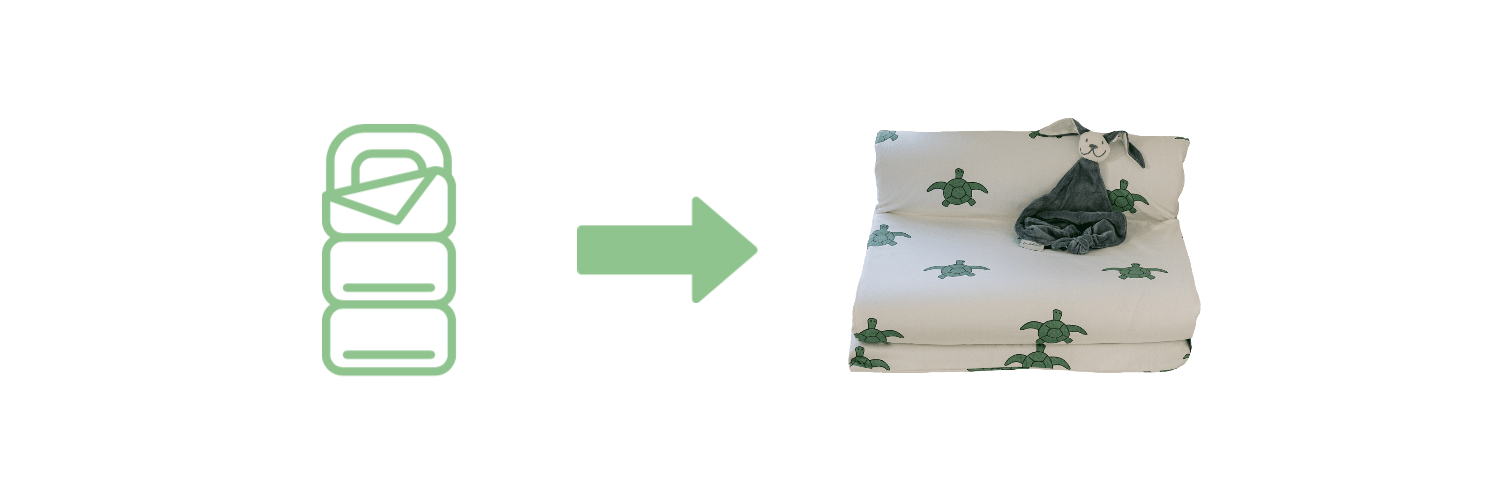
Ditch the PVC blackout blinds in favour of our organic cotton alternatives.
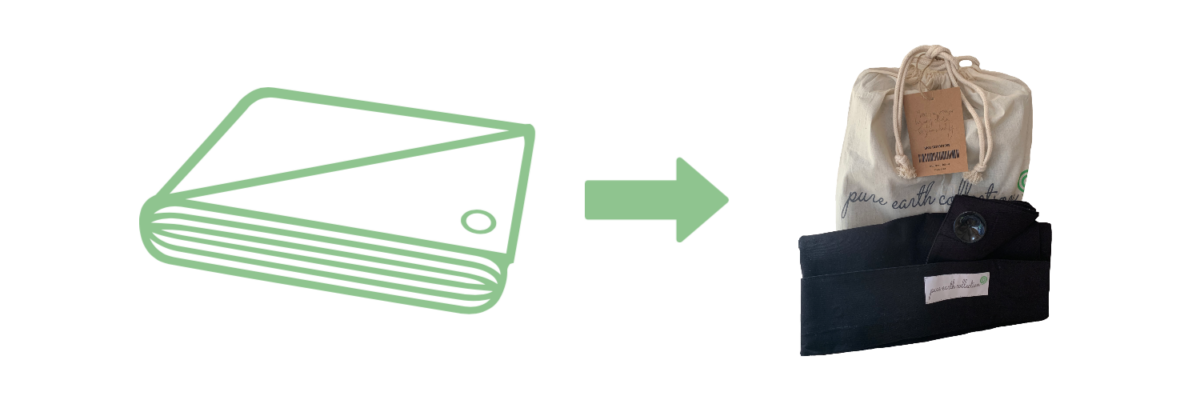
Avoid polyester teddies and opt for organic cotton options instead.
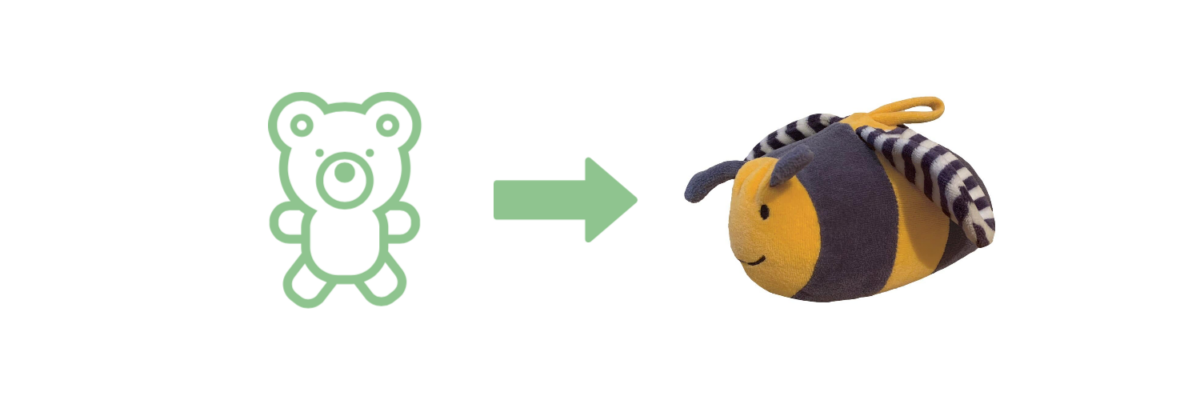
Choose natural materials for play mats and avoid EVA, PVC and polyurethane foams.
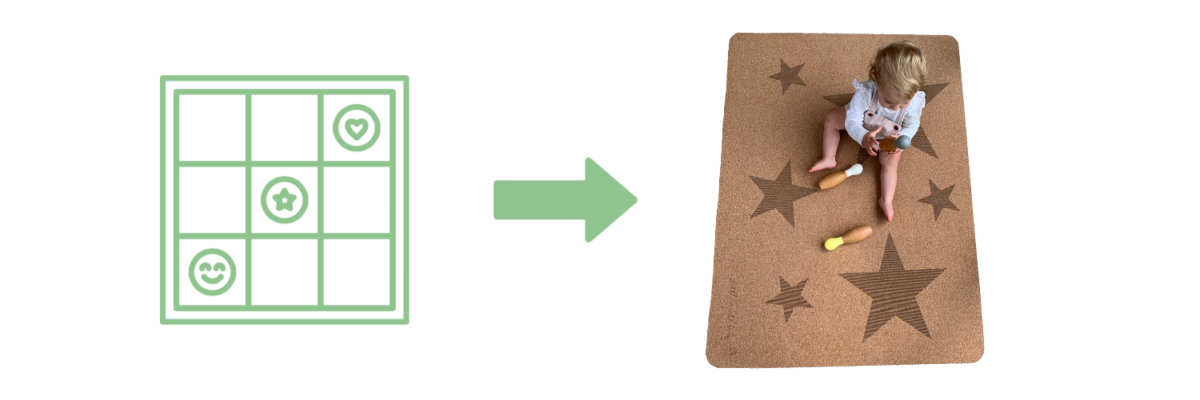
Swap polyester blankets for organic, natural fibres.
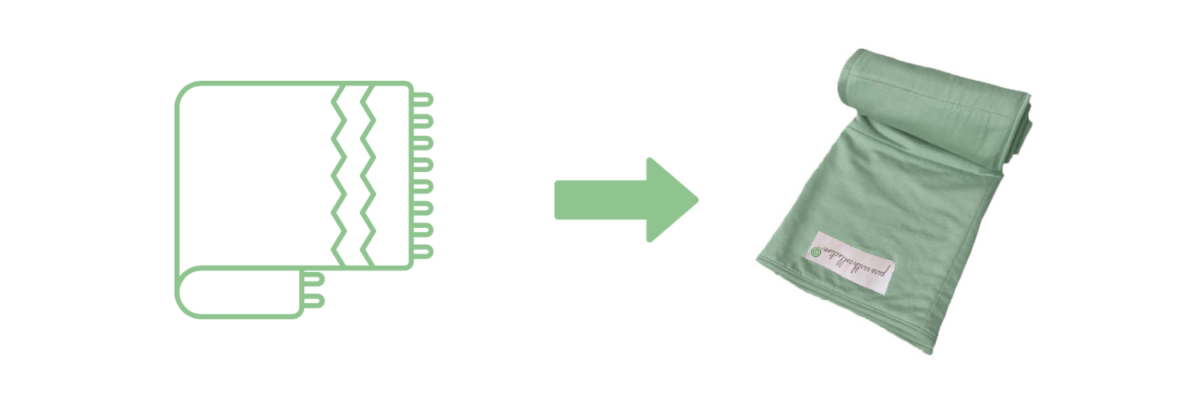
Sources:
* Million Marker: Can toxic chemicals harm your immune system?
** Growing Health Babies,Michelle and Victor Henning, PhD
*** Brain Health From Birth, Rebecca Fett
**** Lucinda Miller on the @naturedockids Instagram page
Science Daily: Environmental toxins impair immune system over multiple generations
Sex-associated protective effect of early bisphenol-A exposure during enteric infection with Trichinella spiralis in mice. Karen Elizabeth Nava-Castro, Helena Solleiro-Villavicencio, Víctor Hugo del Río-Araiza,Mariana Segovia-Mendoza,Armando Pérez-Torres,Jorge Morales-Montor
